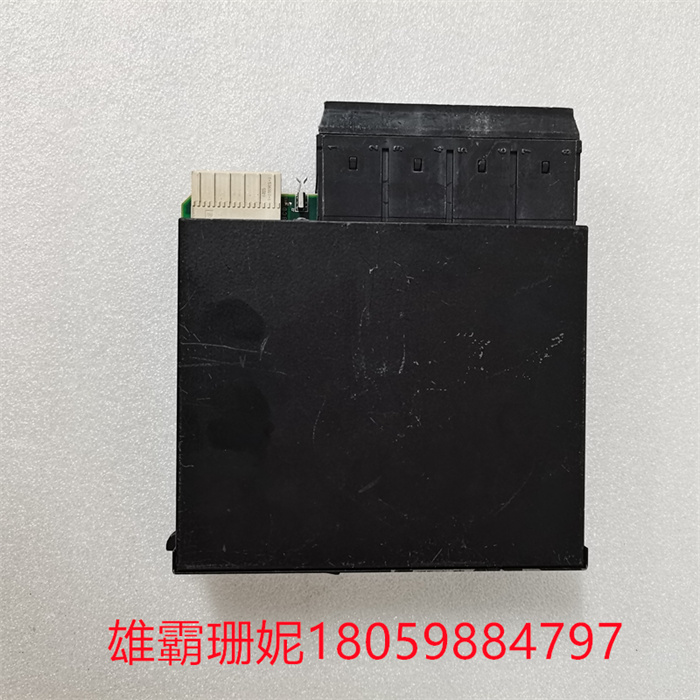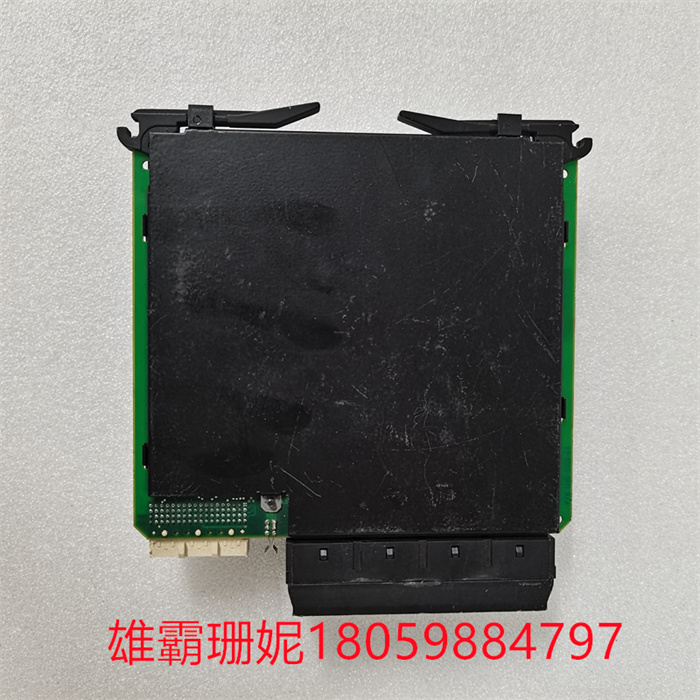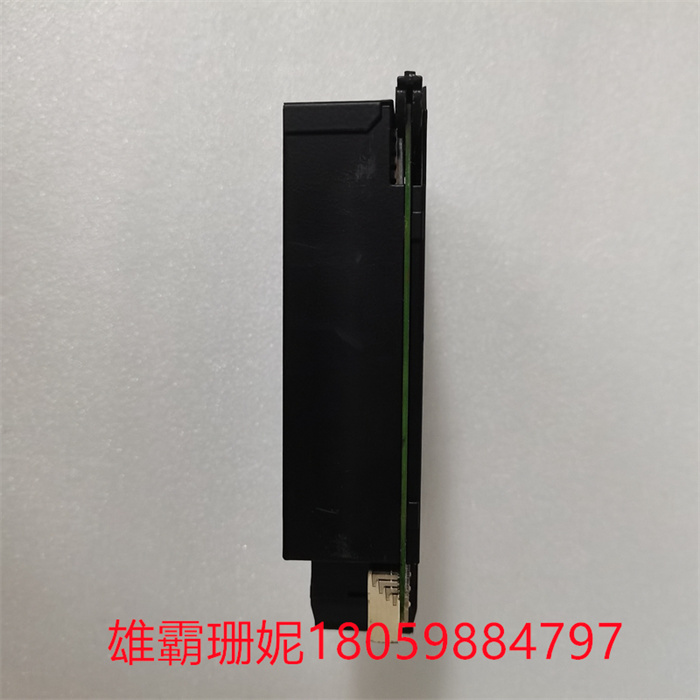GE UR8AH 数字输出模件
GE UR8AH 数字输出模件
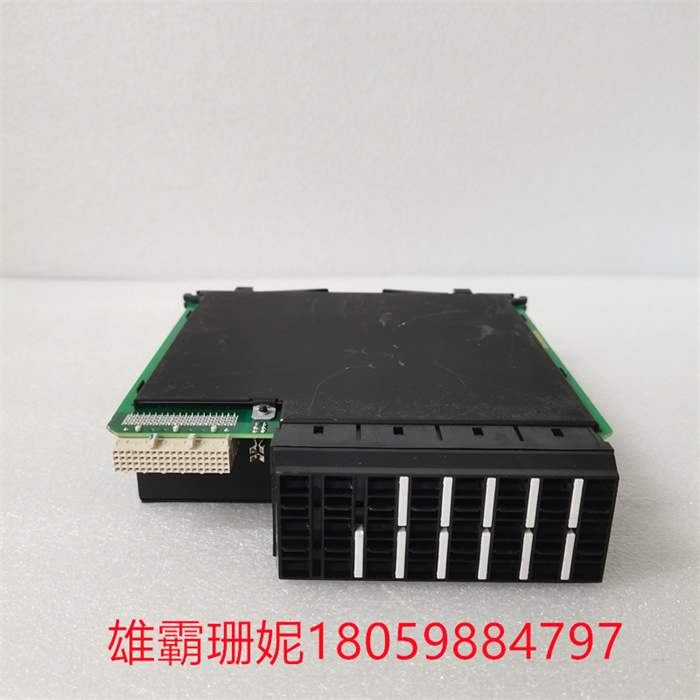
在现代计算机中,硬式磁盘机(硬盘)或固态硬盘(固态硬盘)通常用作辅助存储。这存取时间硬盘或固态硬盘的每字节通常以毫秒(千分之一秒),而主存储的每字节访问时间以纳秒(十亿分之一秒)。因此,辅助存储比主存储慢得多。轮流光存贮器设备,如激光唱片和数字影碟驱动器的访问时间甚至更长。辅助存储技术的其他示例包括usb闪存驱动,软盘,磁带,纸带,穿孔卡片,以及RAM磁盘。
一旦磁盘读/写磁头在HDD上,到达适当的位置,并且数据、轨道上的后续数据可以非常快速地被访问。为了减少寻道时间和旋转延迟,数据以大型连续块的形式传输到磁盘或从磁盘传输。磁盘上的顺序或块访问比随机访问快几个数量级,并且已经开发了许多复杂的范例来设计基于顺序和块访问的高效算法。减少I/O瓶颈的另一种方法是并行使用多个磁盘,以增加主内存和辅助内存之间的带宽。[5]
大多数计算机操作系统使用的概念虚拟内存,允许利用比系统中物理可用容量更多的主存储容量。随着主内存填满,系统会将最少使用的块(页)复制到辅助存储器上的交换文件或页面文件中,以便以后需要时检索它们。如果将大量页面移动到较慢的辅助存储,系统性能会降低。
GE UR8AH 数字输出模件
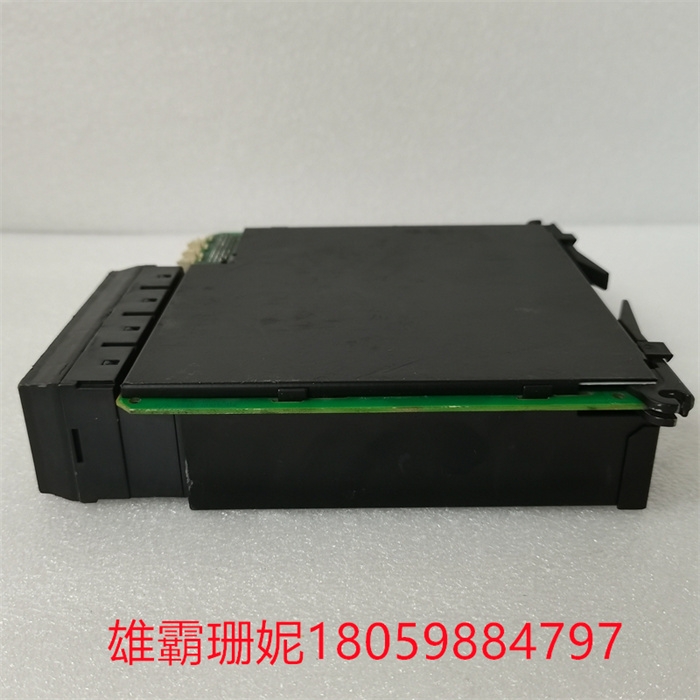
In modern computers, hard disk drives (hard disks) or solid state disks (solid state disks) are usually used as auxiliary storage. This access time is usually in milliseconds (thousandths of a second) per byte of hard disk or solid state disk, while the access time per byte of main storage is in nanoseconds (billionths of a second). Therefore, secondary storage is much slower than primary storage. The access time of rotating optical storage devices, such as compact discs and digital disc drives, is even longer. Other examples of auxiliary storage technologies include usb flash drives, floppy disks, magnetic tapes, paper tapes, punched cards, and RAM disks.
Once the disk read/write head is on the HDD, it reaches the appropriate position, and the data and subsequent data on the track can be accessed very quickly. In order to reduce seek time and rotation delay, data is transferred to or from disk in the form of large continuous blocks. Sequential or block access on disk is several orders of magnitude faster than random access, and many complex paradigms have been developed to design efficient algorithms based on sequential and block access. Another way to reduce I/O bottleneck is to use multiple disks in parallel to increase the bandwidth between main memory and auxiliary memory. [5]
GE UR8AH 数字输出模件
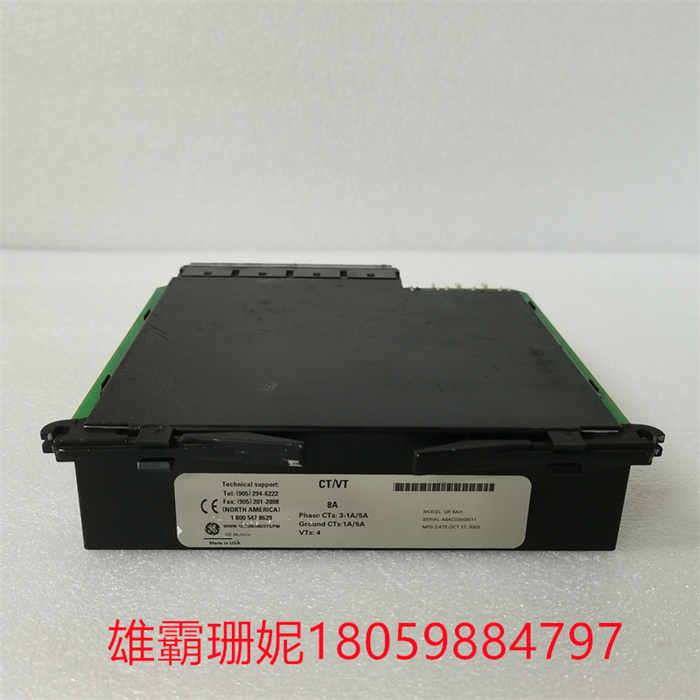
The concept of virtual memory used by most computer operating systems allows the use of more main storage capacity than the physical available capacity in the system. As the main memory fills up, the system will copy the least used blocks (pages) to the swap file or page file on the auxiliary memory, so as to retrieve them later when needed. If a large number of pages are moved to slower secondary storage, system performance will be degraded.




